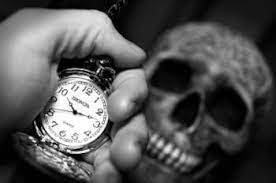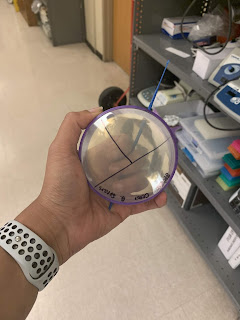Fall 2021 Post 8
Defining Time of Death
There are several times of death. Let me repeat that—there are several times of death. Time of death seems to be a simple and straightforward term that obviously means the exact time that the victim drew his last breath. Unfortunately, it’s not quite that simple.
There are actually three different times of death:
- The physiologic time of death, when the victim’s vital functions actually ceased.
- The legal time of death, the time recorded on the death certificate.
- The estimated time of death, the time the medical examiner estimates that death occurred.
It is important to note that the estimated time of death can vary greatly from the legal time of death and the physiologic time of death.
The only absolutely accurate determination of the time of death is the uncommon circumstance in which a person died with a physician or other skilled medical professional present. The doctor could make the determination and mark the time, and even this is assuming his watch or the clock on the wall was accurate. But that little inaccuracy aside, a death witnessed in this fashion is the only time that the three above times of death would correlate with one another.
For example, if a serial killer killed a victim in July, but the body was not discovered until October, the physiologic death took place in July, but the legal death is marked as October, since that is when the corpse was discovered and the death was legally noted. The medical examiner estimated that the time of death could be July, or it could be June or August. It is only an estimate and many factors can conspire to confuse this determination. But, it is critically important for the medical examiner to be as accurate as possible.
Reference:




Comments
Post a Comment